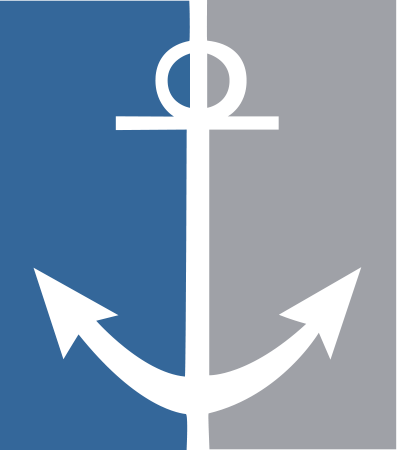Heavy ice threatens the reliability of Great Lakes-Seaway transportation early and late in the navigation season. The U.S. Coast Guard is responsible for breaking ice to ensure navigation and enhance safety. The agency’s Great Lakes icebreaking fleet consists of nine vessels: six 140-foot icebreaking tugs, two buoy tenders, and the heavy icebreaking cutter Mackinaw. Severe winter weather is placing a stress on these assets and Congress authorized the construction of a new heavy icebreaking cutter of similar capability as the Mackinaw.
AGLPA Position
To keep this project moving forward, Congress should include $60 million in the FY2025 Homeland Security Appropriations Bill to continue the acquisition and construction process for the new Great Lakes icebreaker.
Additional Background
The U.S. Coast Guard’s icebreaking mission was established in 1936 by Executive Order 7521, which tasked the agency with “keeping open to navigation by means of icebreaking operations, in so far as practicable and as the exigencies may require, channels and harbors in accordance with the reasonable demands of commerce.” In carrying out this mission, the U.S. Coast Guard works in coordination with the Canadian Coast Guard. In 1979, the two agencies had a total of 20 icebreaking vessels working to maintain maritime commerce during the cold weather months of the shipping season. Today, there are only 11 vessels providing service on the Great Lakes. This atrophy has negatively impacted commerce and business. Severe winter ice not only delays shipping, but can be a hazard to the safety of vessels and their crew.
The lack of adequate icebreaking service affects the region’s manufacturers, mining industry, steel industry, utilities, agricultural exporters, and related labor. In 2015, Congress authorized the construction of a new heavy icebreaker on the Great Lakes and has already appropriated $20 million for design work and an additional $20 million for acquisition and construction. A June, 2020 Coast Guard report to Congress estimated that the new vessel would cost $350 million.

